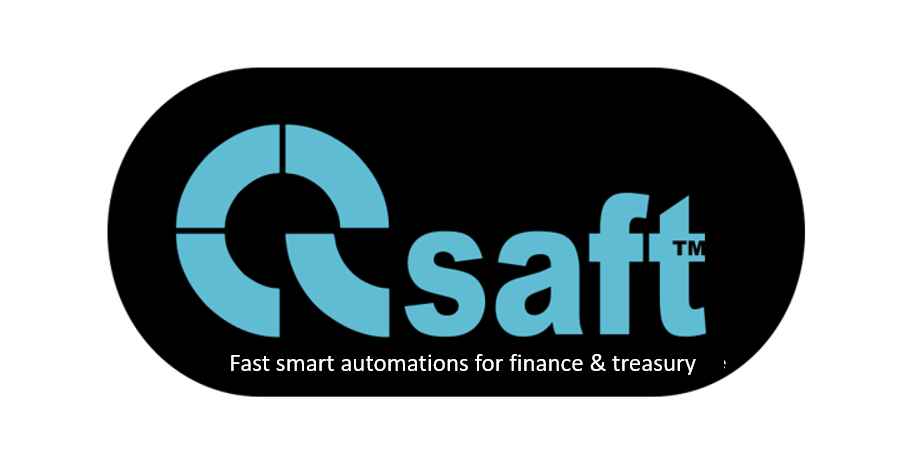
What is SAF-T (from NAFA) ?
SAF-T is a tax reporting format imposed by NAFA (National Agency of Fiscal Administration), whereby extremely detailed information about the activity of companies of all sizes is regularly requested.
Technically, it is an XML structure with more than 10 hierarchical levels, having more than 100 hierarchical substructures with more than 800 different fields.
Why is SAF-T so feared ?
- There is a lot of data to send:
- over 800 columns of data to be retrieved from other internal data systems and sent to NAFA
- with extremely detailed information about (among other things):
• all rows of accounting notes,
• all rows of invoices issued,
• all rows of invoices received,
• opening and closing balances on all synthetic accounts,
• all payments and receipts,
• stock movements,
• etc.
- Requiring both accounting and management data at such a fine level of detail creates a huge additional pressure on the accuracy and consistency of reporting, which can be subject to extremely high levels of automated cross-checking, both between subsets of data contained in a legal entity taxpayer’s one-period report and between consecutive or complementary reports, and even up to the famous cross-checks of the old Financial Controller.
All this will be possible for the NAFA without having to go to the taxpayer’s premises in person, often even without human intervention! - The data is required to be structured in a hierarchical XML format, which is inefficient and difficult to generate from databases (the SAF-T format has been defined by an international standard).
XML is a well-established format for transferring data between systems, but is extremely cumbersome for humans to follow. - To ensure consistency in subsequent interpretation, “translations” into a unified language for: units of measure, customs classifications of storable items, currency coding, countries and counties, types of charges reported, etc., are also required when generating the SAF-T report, which further increases the complexity of SAF-T processing.
- For those who are not friends with the English language, an additional challenge arises, related to the Anglo-Saxon terminology used extensively, even if a good part of the terms are also translated into Romanian.
(just some basic examples: General Ledger & Source Documents are the names of 2 basic structures in the file). - The detailed definition of the XML data structures is delivered by NAFA in an Excel file that is quite difficult to navigate and understand, with recurring references, in which it is extremely difficult to understand the whole and to identify the location of some details. Not to mention that it also has a few (minor, but sufficient) errors that make it unfriendly even to attempts at automatic processing for a more user-friendly presentation.
More details about QQinfo‘s SAF-T solution, can be found here: Qsaft™
For information about Qlik™, please visit this site: qlik.com.
For specific and specialized solutions from QQinfo, please visit this page: QQsolutions.
In order to be in touch with the latest news in the field, unique solutions explained, but also with our personal perspectives regarding the world of management, data and analytics, we recommend the QQblog !
